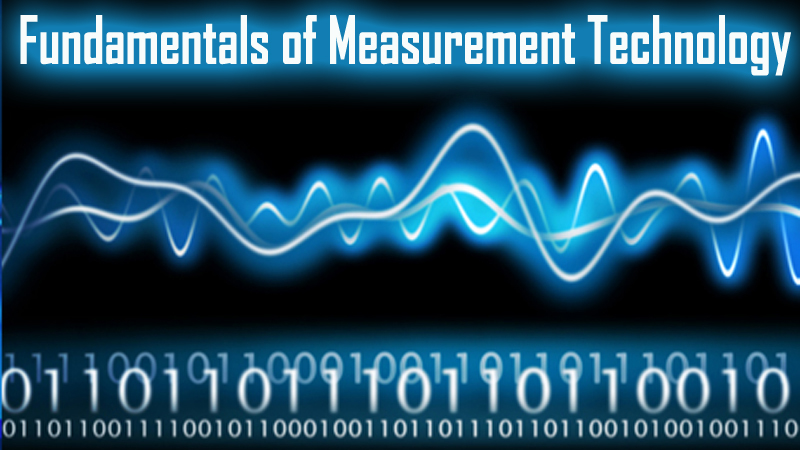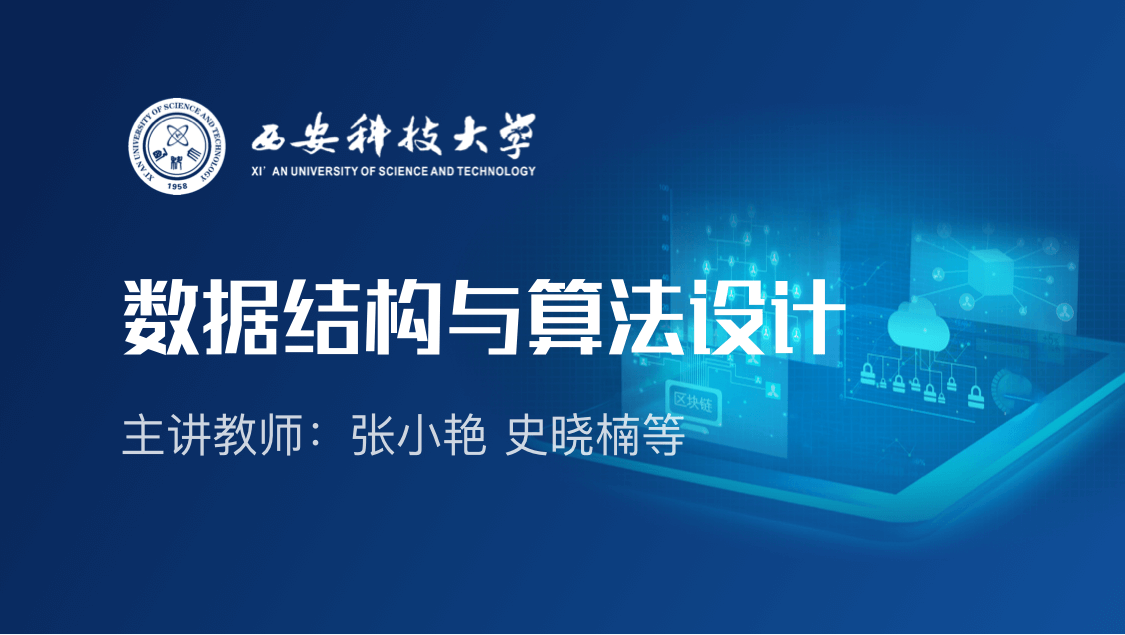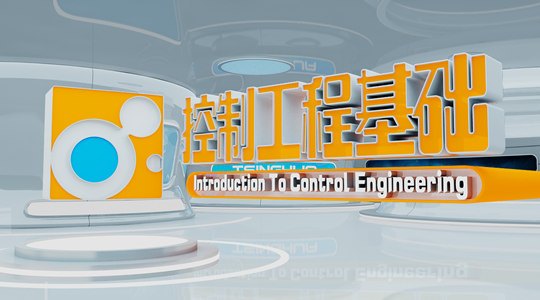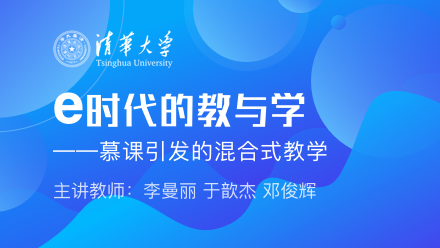
当前课程知识点:Methodology of Scientific Research > Lecture 1 Scientific Research and General Procedure > Section 1.2 General Procedure of Scientific Research > 1.2.2 General Process
返回《Methodology of Scientific Research》慕课在线视频课程列表
返回《Methodology of Scientific Research》慕课在线视频列表
了解了科研的基本环节和必要步骤以后
我们给大家再介绍一下科研的基本程序
实际上科研过程既没有绝对的起点
也没有绝对的终点
具体的科研工作
既可以从科研的基本过程当中的任何一点
比如说环节或者步骤其中的某一个点开始
也可能是因情况在任何一点
可能就进行了结束
科研基本过程
只是说明了科学研究过程当中的
一般的 共同的步骤
也就是科学研究必须经历的
几个基本的步骤或阶段
科学发展的历史表明
科学研究一般是始于问题的提出的
那么我们从问题出发
所构建的科学研究基本程序
如图所示
从图中我们可以看到
科研过程一般要经历如下几个过程
比如说问题的筛选 科研立项
资料积累 科学抽象
建立假说 理论验证
假说修正 理论再验证
这样的一个研究的基本过程
如此周而复始 循环往复
最终解决问题 完成了科学研究
那么这一基本的过程
大家看到了是以问题为切入点的
并且以解决问题为最终的目的
那么其中各个相互联系的环节和阶段
主要充分体现了科学研究的逻辑过程
科研基本程序上面的表述
我们看到以问题开始是进入科研程序
比较恰当的切入点
所以我们说科研始于问题
提出问题的目的是为了探索求解
但这种求解的过程并不是一次就能完成的
那么科学研究中的任何一次探索过程
特别是理论上的求解
得到的结论都不可能是绝对的真理
也就是说它很可能是暂时性的
或尝试性的假说
那么还需要在客观世界当中
经过无数次的应用和检验
通过不断的验证与修正
这样才能够逐渐的接近客观的真理
那么从这个意义上来说
科学研究它是一个永无休止的探索过程
那么以上我们给大家介绍了这样的一个
从整体上把握科学研究过程脉络的方法
就是科研程序
由于具体的科研过程各有特点
因此我们对其中有些步骤和环节也可能在
实际研究的过程当中发生了重叠
或者交叠 交叉等等
或者有一些程序的节点
它有跳跃式的这种变化
这样就产生了非常多的一些变化形式
因此在科研方法的学习与实践当中
我们不能拘于原有的固化的模式
要结合科研实际的情况
具体问题具体分析
具体问题区别对待
探索适合我们本学科
本领域的科研方法
并且加以有效的使用
这也是我们研究工作者从事科研工作
获得成功的必要条件
-Section 1.1 Basic Concepts of Scientific Research
--1.1.1 Basic Concepts of Research
-Section 1.2 General Procedure of Scientific Research
--1.2.3 Process of Natural Science
--1.2.4 Process of Social Science
--1.2.5 Process of Technologial Science
-Section 1.3 How to Prepare for Scientific Research
--1.3.1 Motivation of Research
-Test-Lecture #1
-Section 2.1 Types and Sources of Research Project
-Section 2.2 Principles and Methods of Topic Selection
--2.2.1 Principle of Topic Selection
--2.2.2 Methods of Topic Selection
--2.2.3 Procedure and Strategy of Topic Selection
-Section 2.3 Information Collection of Project
--2.3.1 Type, Collection and Search of Information
-Test-Lecture #2
-Section 3.1 Typical Research Methods
--3.1.1 Level of Research Method
--3.1.2 Concept of Research Method
--3.1.3 Typical Research Methods
-Section 3.2 Typical Thinking Modes
--3.2.1 Thinking and its Characteristics
--3.2.2 General Innovative Thinking
--3.2.3 Typical Thinking Modes
-Section 3.3 Analysis of Research Cases
--3.3.1 Question Description and Concept
--3.3.2 Three-Level Theory of Problem
--3.3.3 Train of Question Consciousness
-Test-Lecture #3
-Section 4.1 Research-oriented Scientific Design
--4.1.1 General Scientific Design
--4.1.3 Example of Research Design
--4.1.4 Other kinds of Research Design
-Section 4.2 Experimental Scientific Research Design
--4.2.4 Example of Experimental Design
-Section 4.3 Application-oriented Scientific Design
--4.3.1 Basic Concepts and Significance
--4.3.3 Example of Applied Design
--4.3.4 Train of Research Skills
-Test-Lecture #4
-Section 5.1 Initial Entry into the Research Group
--5.1.2 Consider Research Outline
-Section 5.2 Analysis of Scientific Research Cases
--5.2.1 Example of Correct Topic Selection
--5.2.2 Example of Team Cooperation
--5.2.3 Test of Non-invasive PDM
-Section 5.3 Research-based Learning and Research
--5.3.1 Overview of Research Learning
--5.3.2 Research-based Learning
--5.3.3 Research Train for Undergraduates
-Test-Lecture #5
-Section 6.1 Scientific Research Strategy and Tactics
--6.1.1 Strategy in Research Work
--6.1.2 Tactics in Research Work
--6.1.3 Research Group and Management
-Section 6.2 Scientific Research Tactful Operation
--6.2.3 Typical Research Planning
-Section 6.3 Discrimination of Research Obstruction
--6.3.2 Origin of Research Obstruction
--6.3.3 Case of Research Obstruction
--6.3.4 Strategy to Remove Obstruction
-Test-Lecture #6
-Section 7.1 Research Papers and Writing
--7.1.2 Writing Research Paper
-Section 7.2 Rules for Submission and Publication
--7.2.1 Preparing for Contribution
--7.2.2 Process of Publication
--7.2.3 Strategy of Contribution
-Section 7.3 Examples and Analysis of Paper
--7.3.1 Basic Structure of Paper
--7.3.3 Introduction, Main Content and Conclusion
-Test-Lecture #7
-Section 8.1 Introduction of Invention and Creation
--8.1.1 Generality of Invention
--8.1.2 Principle of Invention
--8.1.3 Risk and Protection of Invention
-Section 8.2 Patent Types and Applications
--8.2.1 Characteristics and Types of Patent
--8.2.3 Process of Applying Patent
-Section 8.3 Patent Examples and Analysis
--8.3.1 Example of Invention Patent
--8.3.2 Example of Utility Model Patent
--8.3.3 Example of Design Patent
-Test-Lecture #8
-Section 9.1 Characteristics, Types and Titles of Academic Conferences
--9.1.1 Characteristisc of Academic Conference
--9.1.2 Types of Academic Conference
--9.1.3 Title of Academic Conference
-Section 9.2 Basic Elements and Report Types of Academic Conferences
--9.2.1 Basic Elements of Conference
--9.2.2 Types of Conference Report
-Section 9.3 Main Points, Syntax and Summary of Academic Reports
--9.3.1 Writing and Accepting Conference Paper
--9.3.2 Exercise before Reporting
-Test-Lecture #9
-Section 10.1 Character and Type of Researcher
--10.1.1 Basic Moral of Researcher
--10.1.2 Moral Outlook of Researcher
--10.1.3 Talent Type and Innovative Quality
-Section 10.2 Research Ethics and Academic Norms
--10.2.1 Generality of Research Morality
--10.2.3 Monitoring Measure of Research
-Section 10.3 Research Relationship and Incentive Mechanism
--10.3.1 Generality of Research Relation
--10.3.2 Typical Research Relation
--10.3.3 Research Incentive System
-Test-Lecture #10




